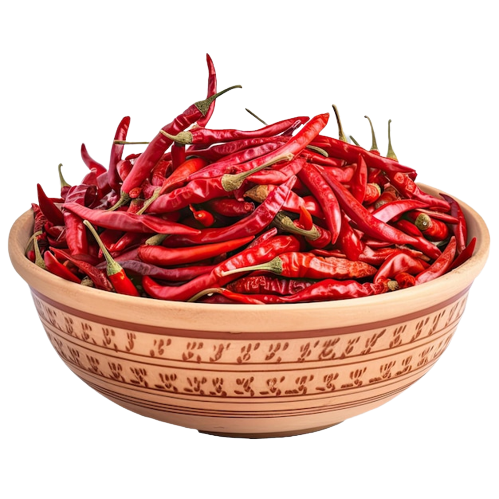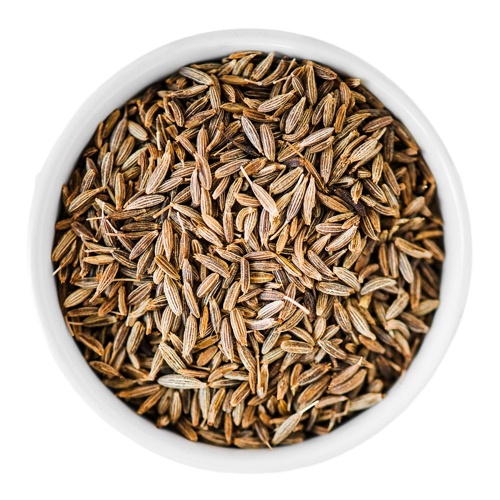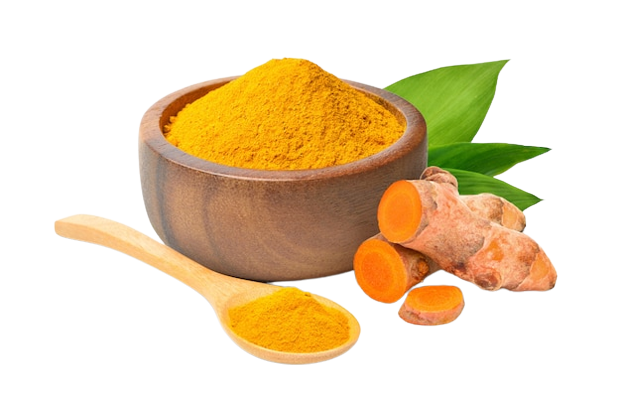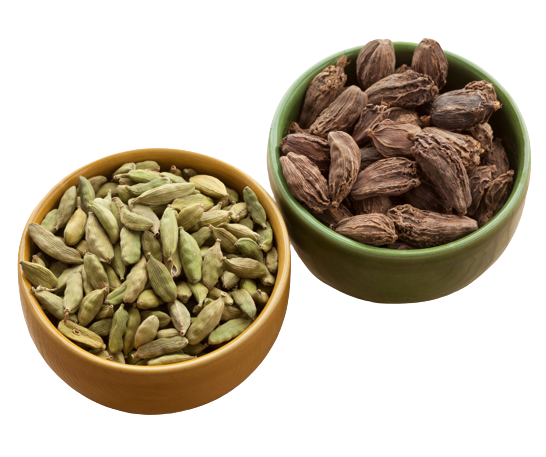Dry Red Chilli :
Dry red chilli peppers are a type of chilli pepper that has been dried, typically under the sun, until they become shrivelled and crispy. They are frequently used as a spice in many different cuisines all over the world, giving food flavour and heat.
A common ingredient in many Asian, Mexican, and Middle Eastern dishes is dry red chilli. On the Scoville scale, the heat of dry red chilli peppers is quantified. The Scoville scale gives chilli pepper spiciness a numerical value, with higher numbers denoting more heat. Depending on the kind, dry red chillies can range in heat from moderate to highly intense.
Types :
S4 Sannam, S17 Teja, 273- Semi Wrinkled, Byadgi- Fully Wrinkled, Guntur -Sannam, Ramnad Mundu

Cumin :
Cumin seeds are the dried fruit of the Cuminum cyminum plant, which is a member of the parsley family. They are frequently used as a spice in a variety of international cuisines, including Indian, Middle Eastern, and Mexican food. The warm, earthy, somewhat nutty flavour of cumin seeds gives food depth and complexity. Not only are cumin seeds used in cuisine, but they may also have health advantages.
They are thought to contain antioxidant effects, help with digestion, and strengthen immunity. Essential oils, minerals, and other substances found in cumin seeds may contribute to these potential health advantages. Curry, soups, stews, rice, roasted vegetables, and marinades are just a few of the dishes that include cumin seeds. They are a versatile spice that may provide both vegetarian and non-vegetarian meals depth and flavour.

Turmeric Fingers :
Turmeric fingers, also known as turmeric rhizomes, are the underground stems of the turmeric plant (Curcuma longa). They are the portion of the plant that is used to make turmeric powder. Due to its possible health advantages and brilliant colour, turmeric has been utilised in traditional medicine and cuisine for millennia.
Especially in South Asian and Middle Eastern foods, turmeric is a common spice. To curries, stews, rice, soups, and a variety of other foods, it is used to add flavour, colour, and aroma. Curcumin, an active ingredient found in turmeric, is thought to provide a number of possible health advantages. Anti-inflammatory, antioxidant, and antibacterial characteristics are a few of these. It has been researched for its ability to promote immune system, digestive, and musculoskeletal health.

Cardamom :
Cardamom, scientifically known as Elettaria cardamomum, is a spice that comes from the seeds of plants belonging to the genera Elettaria and Amomum in the ginger family (Zingiberaceae). It is native to the Indian subcontinent and is widely used in both culinary and medicinal applications.
Green Cardamom :
This variety of cardamom is the most popular and commonly utilised. It tastes quite distinctive and has undertones of citrus and mint. Small and light green in colour, cardamom pods are called green. The aromatic seeds found inside the pods are frequently used whole or crushed in a variety of foods, drinks, and desserts.
Black Cardamom :
Black cardamom is less aromatic than green cardamom and has a Smokey flavour. It is bigger and dark brown or nearly black in colour. Especially in Southeast Asian and Indian cuisines, black cardamom is frequently used in savoury dishes.

